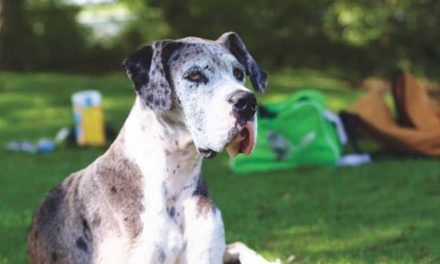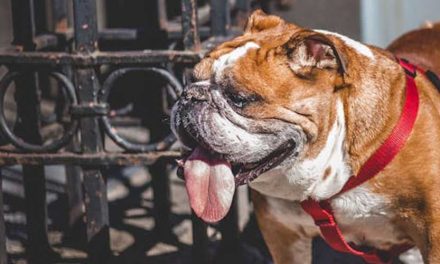The reproductive cycle of dogs is a fascinating and essential aspect of canine biology that pet owners and breeders should understand.
This cycle, commonly known as the estrous cycle, can significantly influence a dog’s behavior, health, and breeding decisions.
Here’s a detailed overview of the key phases of dog reproduction cycles.
The Estrous Cycle Phases
1. Proestrus: – Duration:
Typically lasts about 7 to 10 days.
Signs:
During this phase, female dogs (bitches) experience swelling of the vulva and the presence of bloody discharge.
Although the female is not receptive to males yet, they may attract male dogs.
Hormonal Changes:
Increased estrogen levels prepare the body for potential mating.
2. Estrus: – Duration:
Lasts about 5 to 14 days, varying by individual dog.
Signs:
This is the period when the female is in heat and receptive to mating.
The discharge may lighten in color and become less bloody.
The vulva remains swollen, and behavioral changes may occur, such as increased affection and a willingness to mate.
Hormonal Changes:
Estrogen levels peak, and progesterone begins to rise, marking the transition to mating readiness.
3. Diestrus: – Duration:
Usually lasts about 60 days, regardless of whether the dog is pregnant or not.
Signs:
If mating occurs, this phase involves the embryo’s development.
If not, the female will show signs of pregnancy in terms of hormonal changes, but she will not carry pups.
During this phase, the vulva returns to normal size, and the discharge stops.
Hormonal Changes:
Progesterone levels remain elevated to support a potential pregnancy.
4. Anestrus: – Duration:
Generally lasts from 2 to 6 months, depending on the individual dog and breed.
Signs:
This is a period of reproductive inactivity.
The female does not exhibit any signs of heat, and there are no behavioral changes related to mating.
Hormonal Changes:
Estrogen and progesterone levels are at their lowest, and the body prepares for the next cycle.
Breeding Considerations
When planning to breed a dog, it’s essential to identify the optimal time, which is typically during the estrus phase.
Signs of readiness to mate include behavioral changes such as increased interest in male dogs and physical signs like a swollen vulva.
Timing:
For most dogs, this cycle repeats every 6 months, but it can vary significantly based on breed, health, and age.
Smaller breeds may cycle more frequently than larger breeds.
Health Checks:
Before breeding, it’s vital to have both the male and female dogs screened for health issues and hereditary conditions to ensure the health of the puppies.
Conclusion
Understanding the dog reproductive cycle is crucial for responsible pet ownership and breeding practices.
By being aware of the various stages and behaviors associated with each phase, owners can make informed decisions about breeding and care, ensuring the well-being of their canine companions.
Whether you’re a pet owner or an aspiring breeder, knowledge of these cycles can significantly enhance your experience with dogs.
Always consult a veterinarian for professional advice tailored to your dog’s specific needs.












